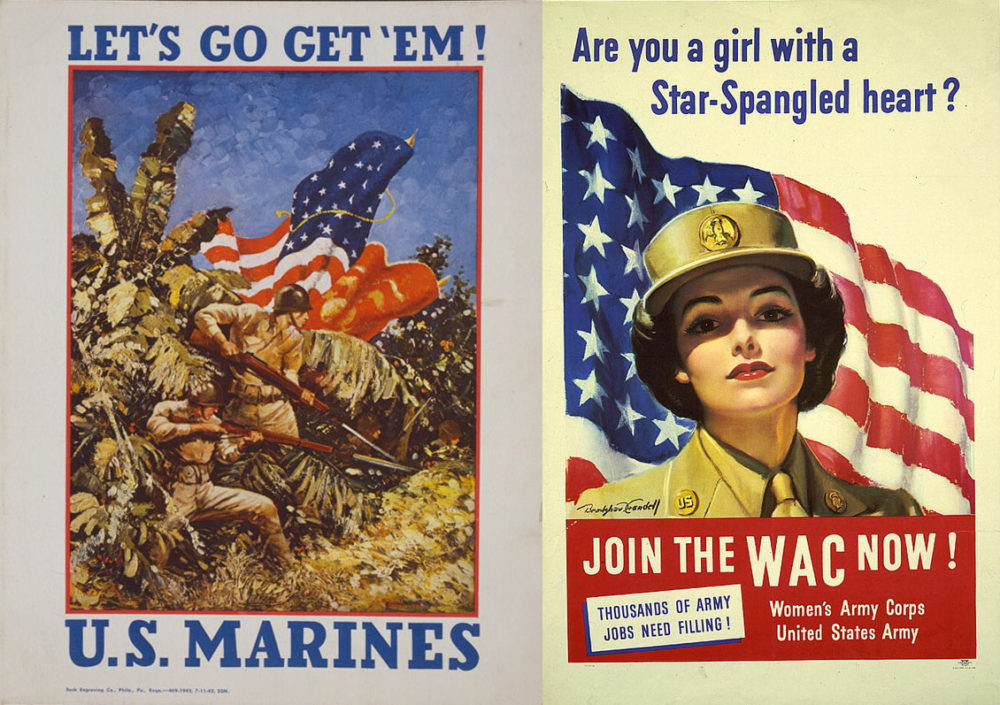
The target market for the poster was all able-bodied American men and women back in 1943, during World War II. Right before the United States of America joined the allies in 1941, the Japanese launched a surprise attack on their naval base at Pearl Harbor (Locke & Wright, 2020). The American government needed to recruit people both into the Women’s Army Corps and the U.S. Marines as they required soldiers to fight alongside the Britons to push back the Nazis who had had a significant advantage.
The main ethical and moral values that the post communicates are the unity of the nation in the fight against the enemy, as well as a sense of personal responsibility and involvement. The message does not consider the value of the need to destroy the Nazi regime as a threat to peace. As cryptanalysts, aviators, clerks, postal workers, analyzers, medical professionals, electrical technicians, and radio and telegram controllers, among other crucial roles, women working in the Army Corps eventually assisted the war effort in several ways (Locke & Wright, 2020). At the same time, the men took up arms to wage war on the ground against the Germans. From my perspective, it is evident that the U.S. had to stand up for itself courageously and put an end to the ravaging menace the Nazis had brought on them. The courage to consider everyone brought forth gender inclusivity, and ultimately their moral ethics remained firmly entwined.
The poster depicts a glamorous brunette wearing a khaki military uniform in full color as an American flag is waving in the distance, with that of the Marines showing men at war in a forest. During the period of World War II, it was necessary to mobilize all available resources, including human resources, to complete it, which makes the communication of the message in the post necessary at that time. The most common colors are red, white, and blue, the American flag colors which predominantly stand with a strong nation. Posters like this one aimed to persuade the public that wearing a uniform would not cause women to compromise their femininity (Locke & Wright, 2020). They stayed stylistically consistent with well-known female marketing imagery. The poster strengthened the government’s position in mobilizing its citizens to fight, and implied that temporary wartime jobs would not substantially alter women’s conventional roles.
Reference
Locke, J. L., & Wright, B. (2020). World War II. In J. L. Locke & B. Wright (eds.), The American yawp: A massively collaborative open U.S. history textbook (Vol. 2) (pp. 225–256), Stanford University Press. Web.